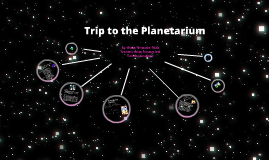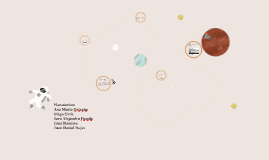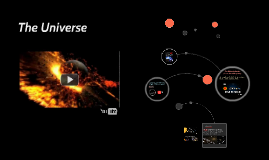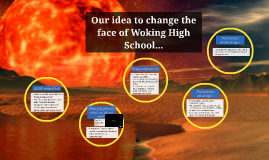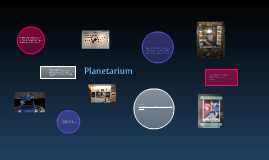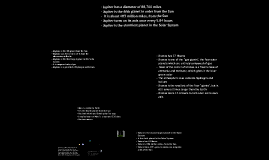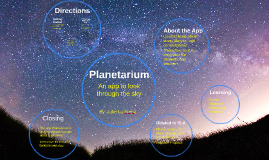Planetarium
Transcript: A planetarium (plural planetaria or planetariums) is a theatre built primarily for presenting educational and entertaining shows about astronomy and the night sky, or for training in celestial navigation. The different planets: (of our the solar system) Mercury,Venus,Earth,Mars,Jupiter,Saturn,Uranus, Venus, Neptune, Pluto. Cariclo is the first asteroid in the solar system with rings around it, according to the observations made by different observatories in South America. Images of Solar System -Comets: Some interesting things that happen in The Solar System: A comet is an icy small Solar System body that, when passing close to the Sun, heats up and begins to outgas, displaying a visible atmosphere or coma, and sometimes also a tail. What's a comet? -Cariclo: The Universe What is a Planetarium?






